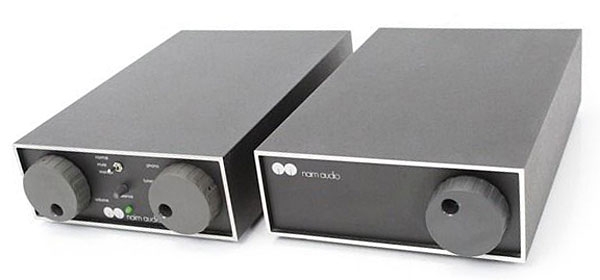| Columns Retired Columns & Blogs |
These products represent a time for me, where great sound came from small boxes, customer service was stellar and gear that took the guess work out of mixing and matching different components - the synergies were awesome. Plus it kept its value. Great stuff, great era.






































